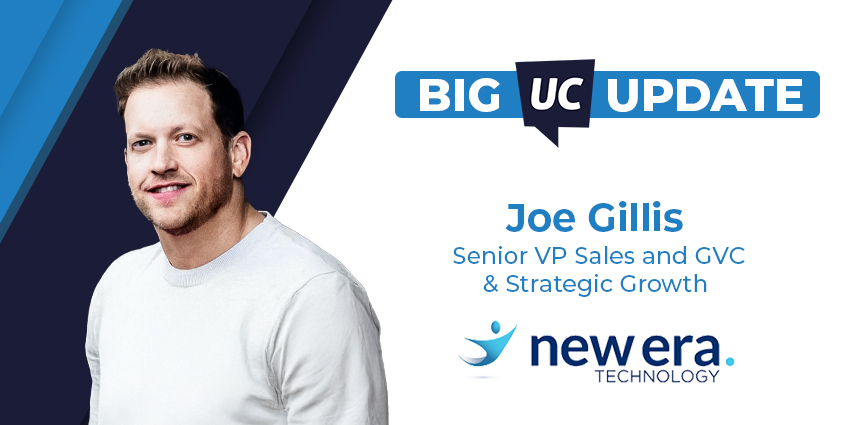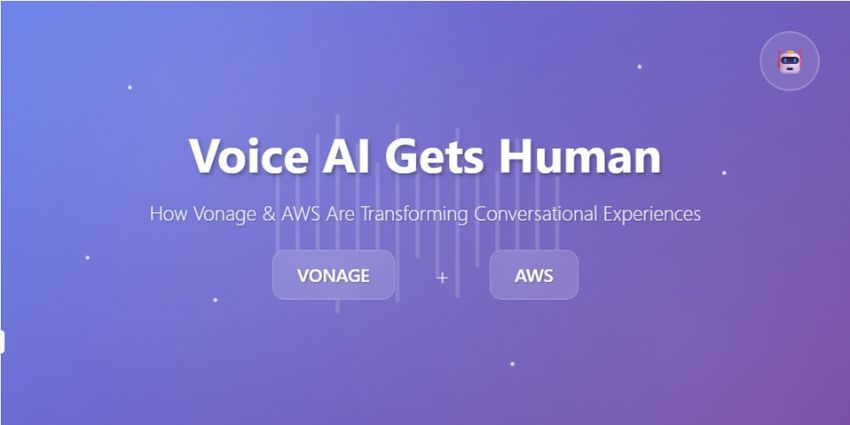Calero is a communications lifecycle management brand designed to help make life easier for customers in this age of complex digital transformation (DX). This is a company that puts decades of experience into delivering purpose-built tools with user experience and simplicity in mind.
We spoke to Larry Foster, the VP of Strategy for Calero software, to find out more about the company, and how they’re having an impact on the future, more cloud-focused world of communications.
Tell Us About Calero
Calero is a communications lifecycle management provider that focuses on offering the technology next-level customers need to manage their entire workflow, all the way from commissioning, to payment for telecommunication strategies. Larry told me that the business has everything from a service management section, to expense management, order procurement, and more.
The aim of Calero is to provide customers with more actionable insight and knowledge about their workflow processes, with the hope that better data will drive more empowerment in the workforce and potentially deliver cost savings too.
“We’re here for every step of the transformation experience, wherever it’s taking place. For instance, a lot of companies are becoming mobile, so we’re managing the deployments, upgrades, and more of mobile devices too.”
Essentially, Calero is a service-based company that’s there to support businesses with the goal of driving improved performance and predictable outcomes.
How Do You Support the UC Marketplace?
Calero has the technology to offer support not just for telephony endpoints, but for anything with a digital data stream. Larry told me:
“The value in the UC space today isn’t around the technology anymore, but the intelligence – the actionable information that people are getting from our systems. We just developed a guided analytics solution on top of our services, working alongside our customers to help them figure out how their technology is being used, and how they can become more productive.”
For instance, today’s customers want to take advantage of more flexible pay-as-you-go models, and this means that they need to proactively monitor what they’re paying for, or risk over-spending.
“With us, they can start to look at what the constants are in their expenses, and where they can afford to commit to packages and get more discounts.”
How Does the Calero Technology Work?
On the surface, the Calero technology is all about capturing raw data streams from the cloud and bringing that information into a space where customers can use it actionably to improve their business performance. Once companies have the access to that information they need, they can decide how they want to analyse data – for instance, if they want to look at the type of transaction, service provider, or storage unit.
They can even kit people out with the right packages, building databases and services on a tablet device before the system gets shipped to their customer, by finding out what they need, so that the hardware can arrive on their doorstep ready to go.
“Technology is in a state of constant change, but the complexity of that technology is growing. It’s our task to make it easier to understand everything that’s going on behind the scenes so that companies can deliver a simpler solution to end-users.”
Why Did You Come to Avaya Engage?
Finally, I asked Larry why he chose to come to Avaya Engage this year, and he told me that the company has gone through an exciting metamorphosis – something that’s driving attention from companies of all shapes and sizes.
“They’ve been able to reorganise, and re-think their approach, and that’s exciting. There are more people here this year, more energy, and more of a focus on the cloud. They’re looking at making sure that they deliver what the customer needs, and that’s what the focus at Calero is too.”







